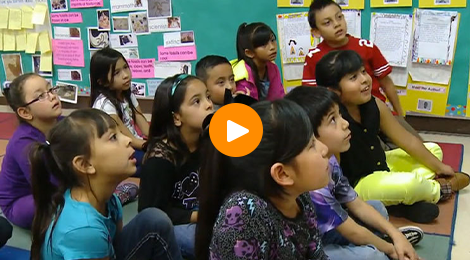Ever wanted to know what project-based learning looks like in a school that connects classroom lessons to real-life practices students can use in the workplace? At Southern Regional Education Board (SREB), we strive to advance learning in schools so that it provides opportunities for students to engage in technical skills and practices they will need in the workplace. In this video, you will see students using engineering, coding, problem-solving, and group processing to learn about and produce solutions to the projects they are engaged in.
While not all schools are based on a technical approach, SREB uses a cycle for planning out project-based learning that can be adapted across school settings.

SREB Powerful PBL Practices
Designing Authentic Units – Teachers design an intellectually demanding PBL unit around a driving question that challenges students to solve a complex problem, think critically and master course content, concepts and skills over an extended time period. Ideally this challenge reflects a real problem faced by real people.
Sustained Inquiry – The lessons within a PBL unit are designed so students engage in a cycle of inquiry that includes questioning, research ,and further questioning. Instruction is given just as students will need it within the PBL unit.
Collaborative Problem-Solving – Learning throughout the PBL unit is scaffolded using an industry standard problem solving or design process. Students use various collaborative and project management tools similar to those found in a high-functioning workplace environment.
Student Ownership – The teacher incorporates student-centered instructional practices like questioning, collaboration, and reading and writing for learning to support students taking ownership of the work within a PBL unit. As students gain confidence in the PBL process this may include becoming co-designers of the PBL unit.
Reflecting & Revising – The PBL Map of Student Learning includes a variety of formative and summative assessments that align with standards throughout the PBL unit; assessments are used to adjust instruction and gauge student mastery of standards and skills. During the unit, students engage in reflection and feedback and revise their project work as needed. Feedback may be from a teacher, peers, or community partners.
Community Partners – Community partners collaborate with the teachers to brainstorm, co-plan, provide feedback on, or co-facilitate instruction within the PBL unit plan. They may also interact with students to provide mentoring and feedback on student work products.
We hope this video is a good starting place for showing what’s possible and let us know if you would like learn more on getting started or adopting project-based learning in your school.





